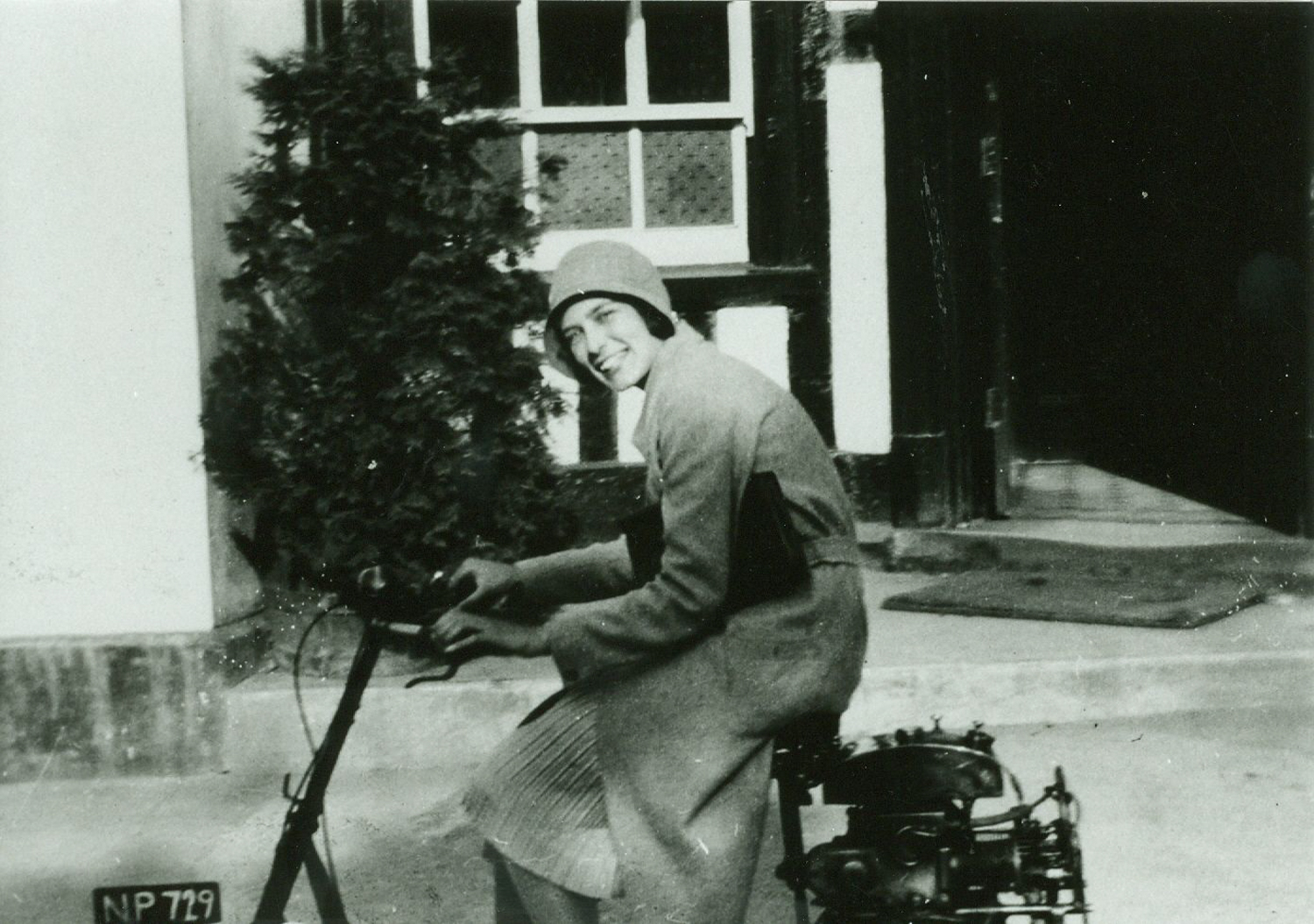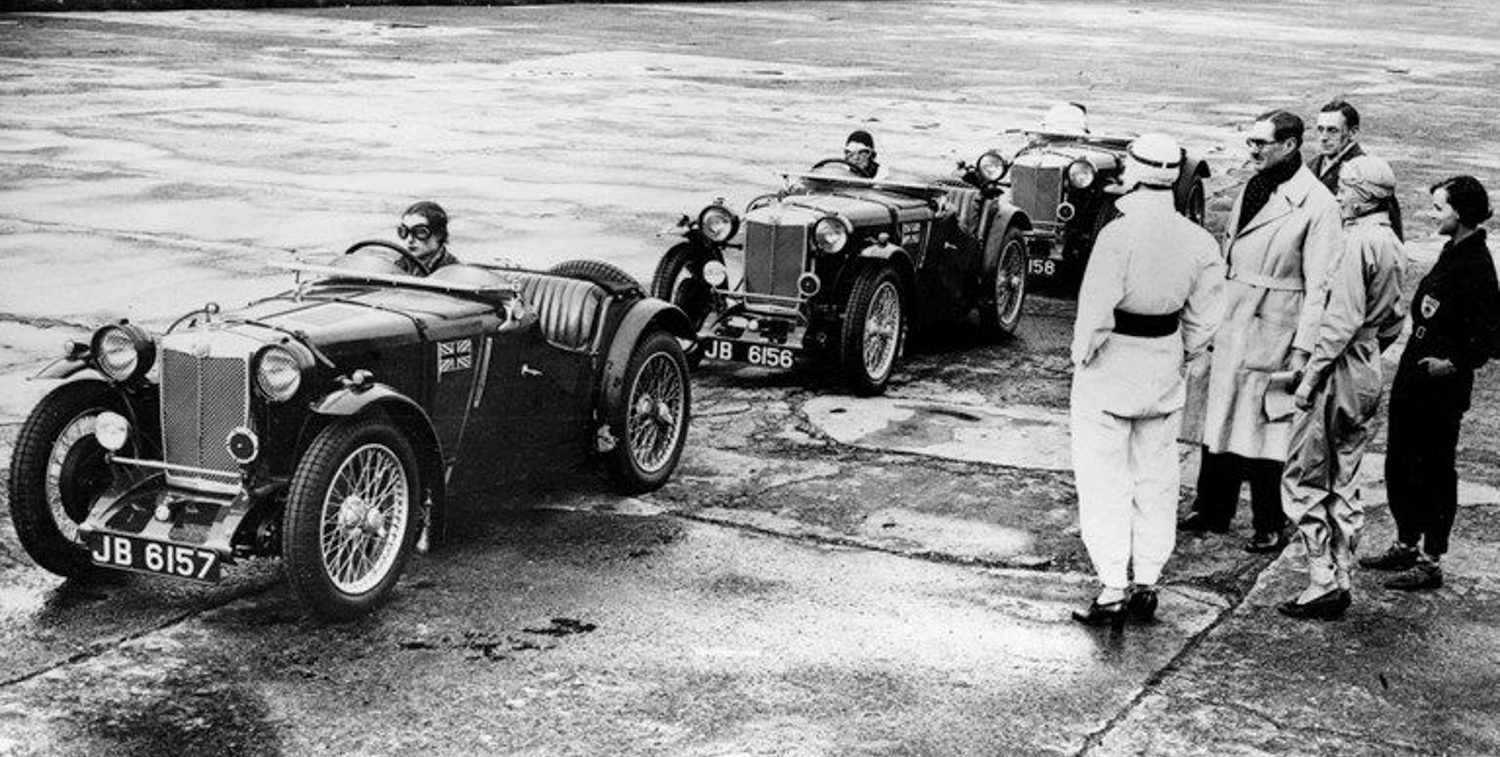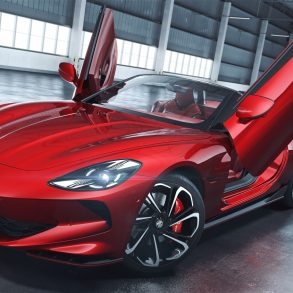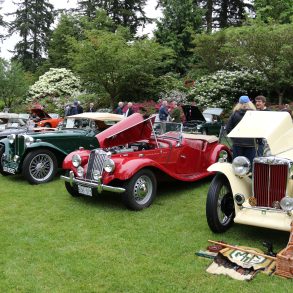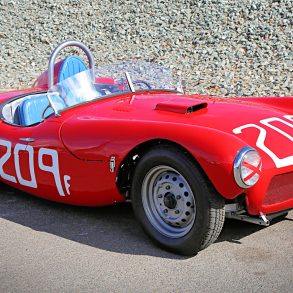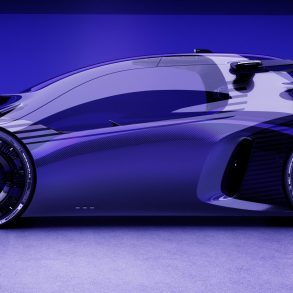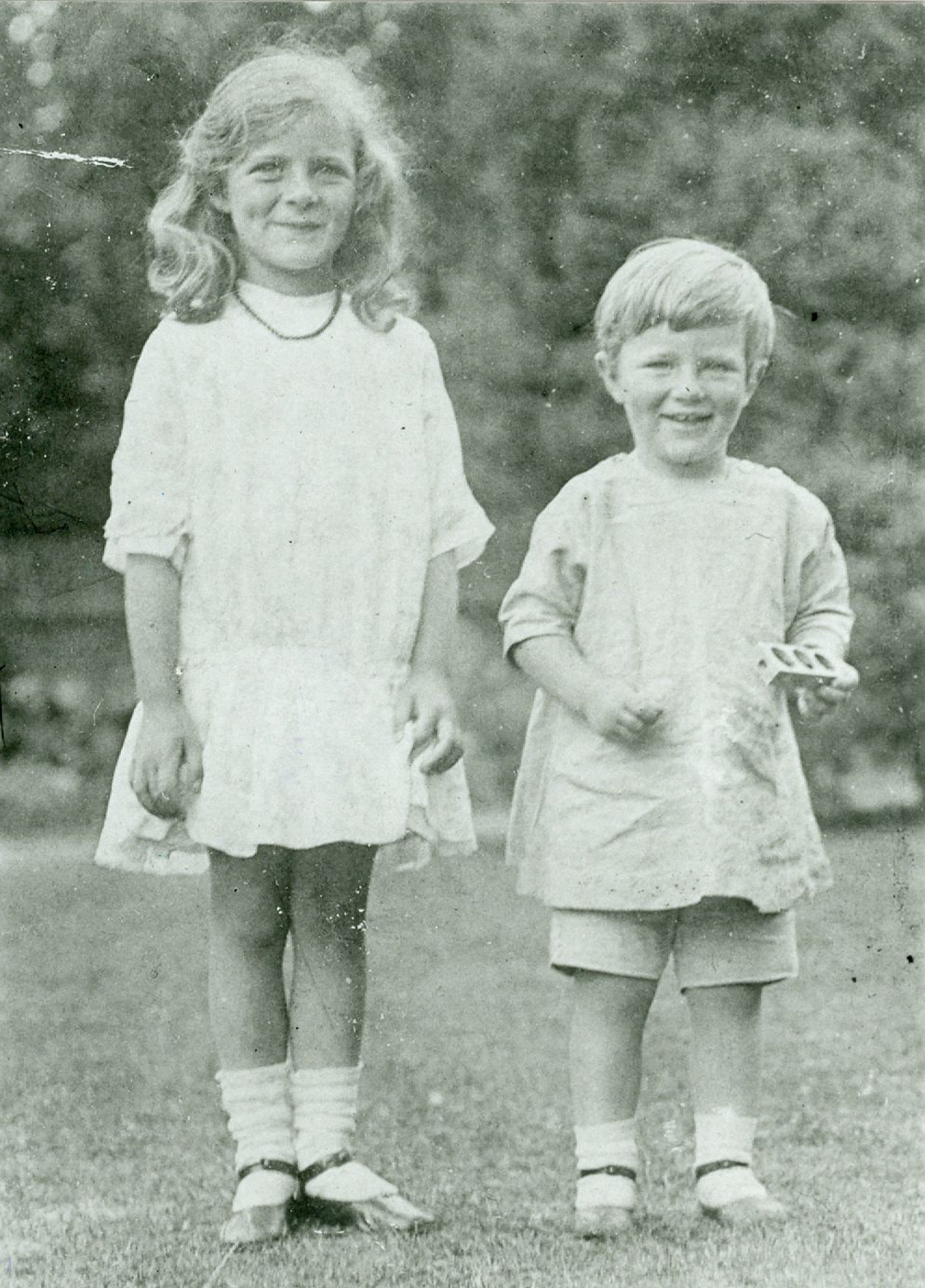
George Herbert Skinner (also known as Bert) and Thomas Carlyle Skinner (also known as Carl) created the Skinners Union (SU) brand. Experimenting with fuel mixtures in the early 1900s they made their first carburetor in 1904 and went on to form The SU Company in 1910.
Carl Skinner had two children, Barbara (1911) and Peter (1914), both would become avid motorsport fans and drivers in their own right, but it was Barbara who had the talent to be naturally competitive at a time when women racing drivers had only recently been permitted to compete against men.
In the early 1900s the BARC ruled that women would not be permitted to race, drawing comparison to the fact there were no lady jockeys as a good reason for the ban. Despite outrage the decision stood until 1928 when women were permitted to compete in Ladies-only Handicaps. The BARC agreed women could race men in 1932.
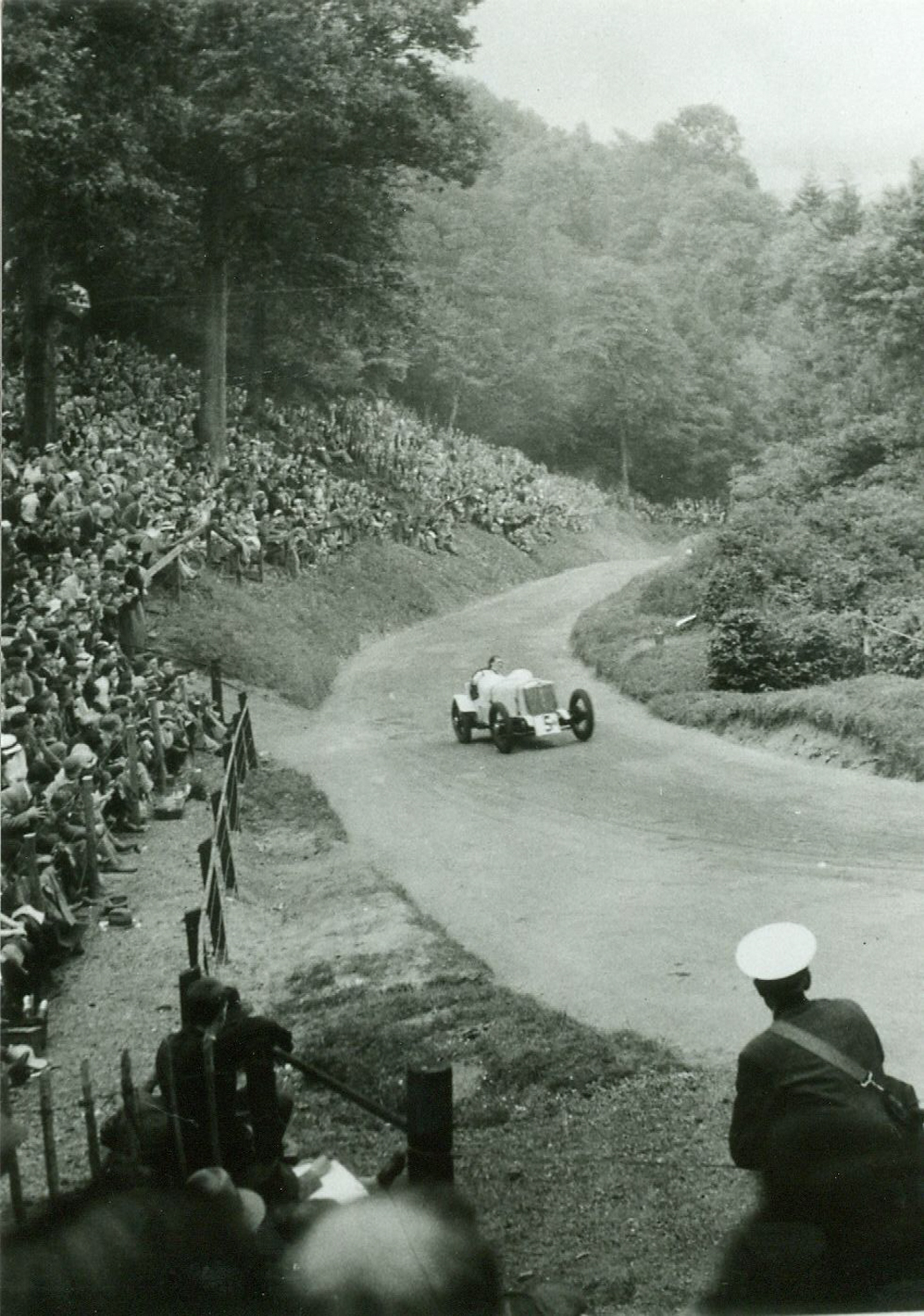
On the 6th of April, 1932, Carl Skinner gifted his Morris Cowley Special for Barbara’s 21st birthday. Registered as YF 15 the Morris had been used as an SU development car before being transformed into a special for Carl Skinner’s own use. Fitted with an MG MKII 18/100 Tigresse road-racing engine the car was both fast and usable, providing Barbara with daily transport as well as a competitive racer.
Later that year, Barbara entered the car at the Shelsley Walsh hillclimb on September 3, the very same year the BARC finally permitted women to compete against men. She won the MAC Ladies Cup, a prize awarded for fastest ascent of the day – achieved with a time of 56.6 seconds. This outing marked the start of a successful motorsport career for Barbara who proved to be a fast and determined driver.
YF 15 was retired from motorsport in 1932 as it failed to remain competitive, but it stayed with Barbara and she used it to tow her new White Minor racer to events. The White Minor was created on a chassis given on permeant loan to the Skinner family by Lord Nuffield, creator of the Morris Motor Company, acting as a wedding present to Barbara “…to be used by Miss. B. Skinner for racing.”
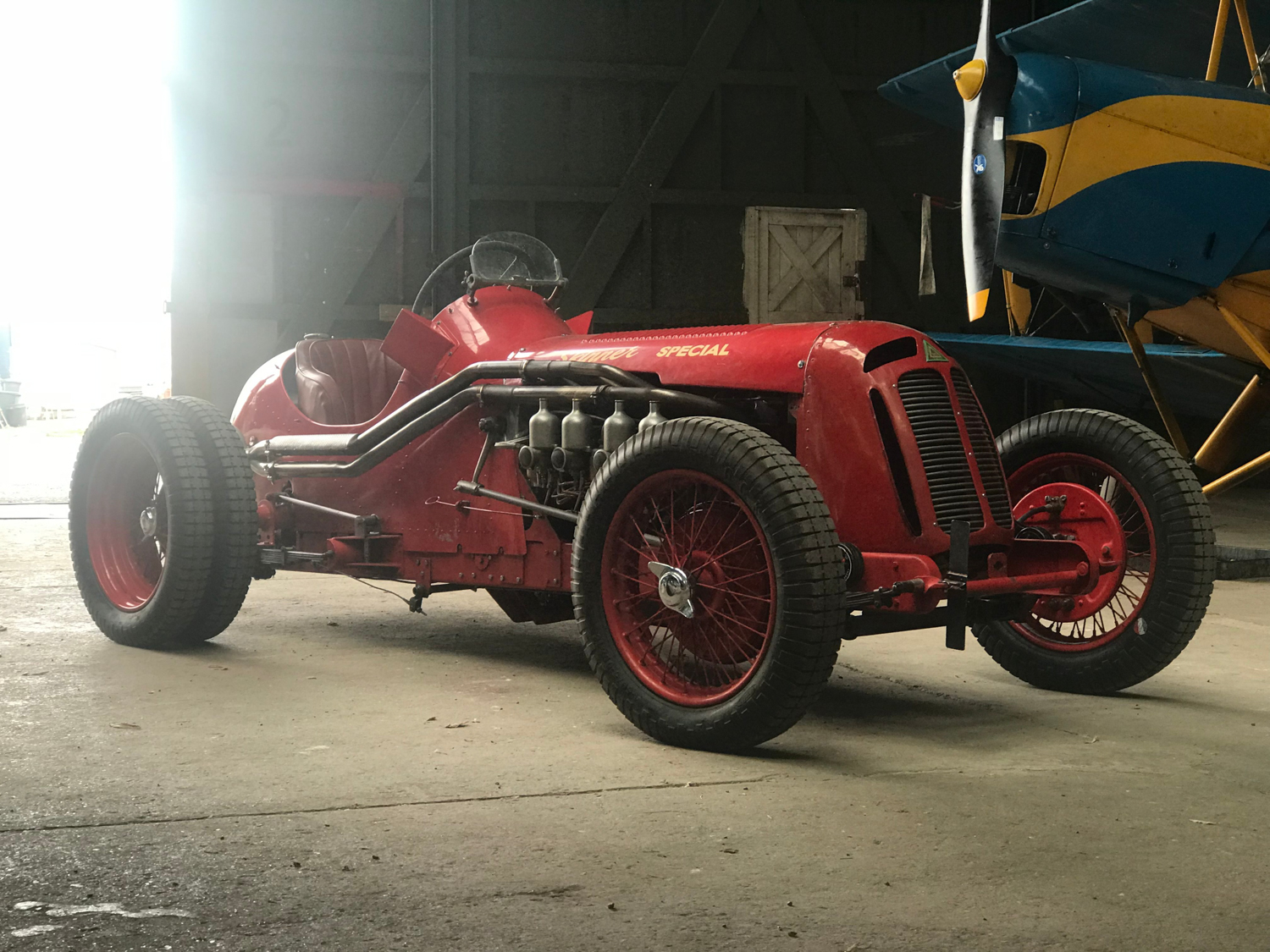
Barbara went on to win many awards during her racing career and was often the fastest lady at Shelsley Walsh, claiming the ladies record in 1934 with a time of 46.6, a time she would match in 1938 when driving the Red Skinner Special which is still owned by SU parent company Burlen to this day.
As with many great racing drivers she excelled in a variety of motorsport disciplines and In 1933, she entered a Morris in the RAC Rally finishing 30th overall. In addition, she raced competitively at Brooklands and become known as a part of the famous Brooklands Belles.
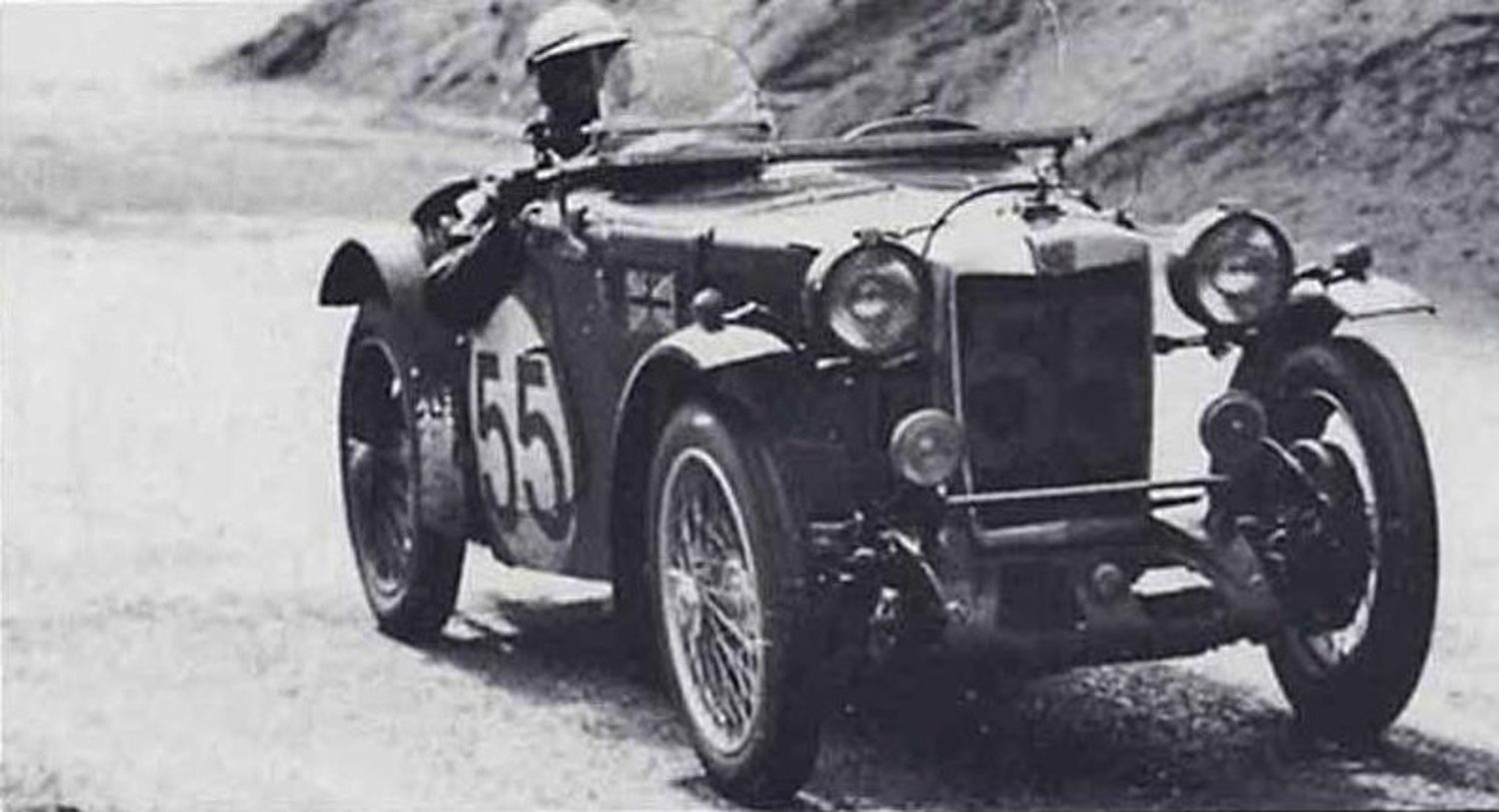
Barbara’s greatest motorsport achievement took place 85 years ago in 1935 when she raced an MG PA Midget at the Le Mans 24 Hour as one of six experienced lady racers in a three-car entry now known as the legendary “Dancing Daughters” MG works team (pictured at top). Barbara finished the race in 24th place with co-driver Doreen Evans. Together they had covered 153 laps, equating to 2068km of racing at an average speed of 86.1kph.
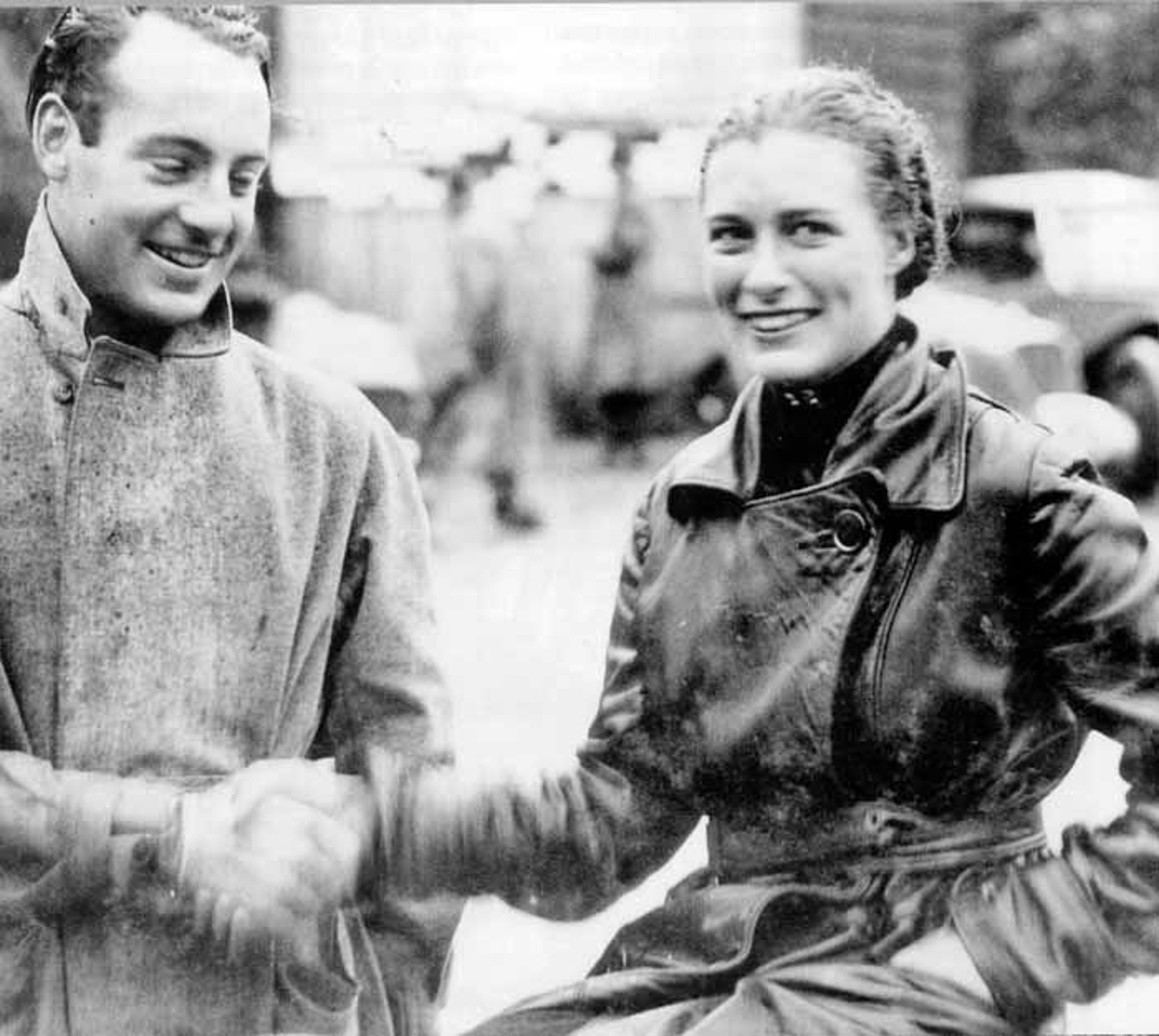
Barbara married racer and motoring writer John Bolster and continued to compete under her married name. Tragically she was killed in a traffic accident in 1942.
Mark Burnett, Burlen Managing Director, said “Burlen has long been associated with motorsport and racing. As a company we are inspired by the racing of Barbara. Despite having talent, she entered the sport after a period where women were banned, racing against established male drivers she had many barriers to overcome. To compete successfully in rallying, Brookland racing, hillclimbs, sprints and endurance racing is remarkable, and Barbara deserves to be recognized as one of the pioneers of motorsport equality.”
